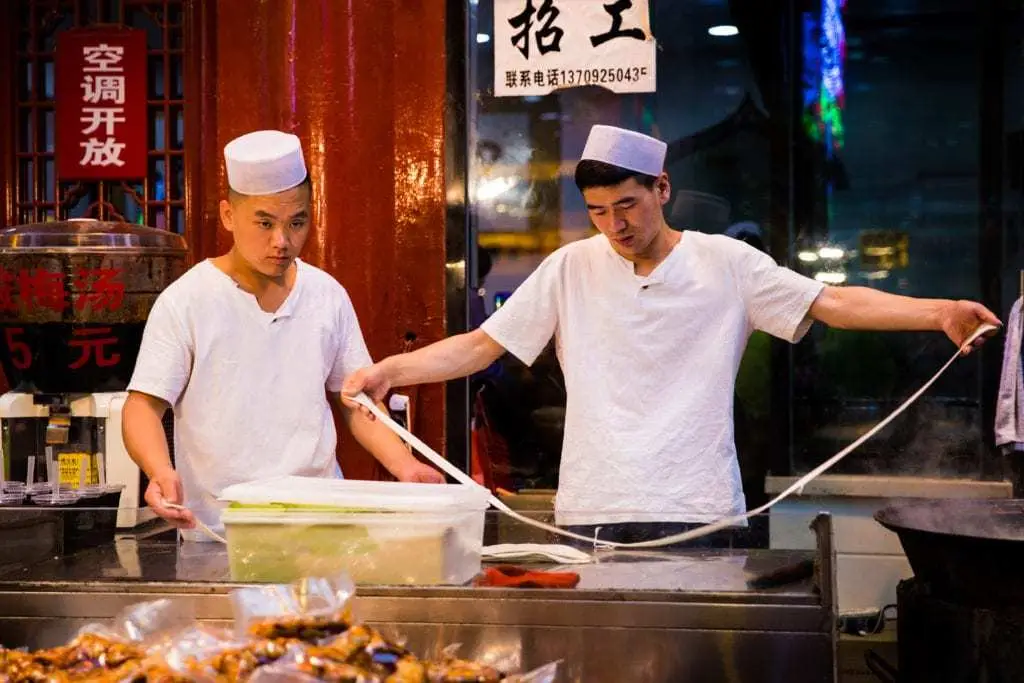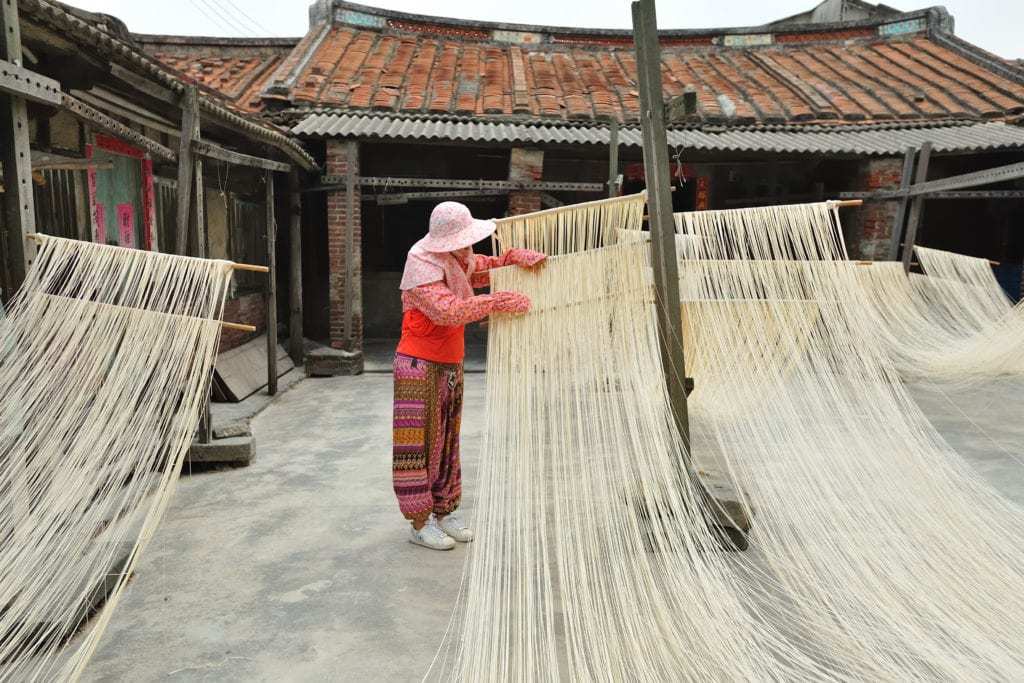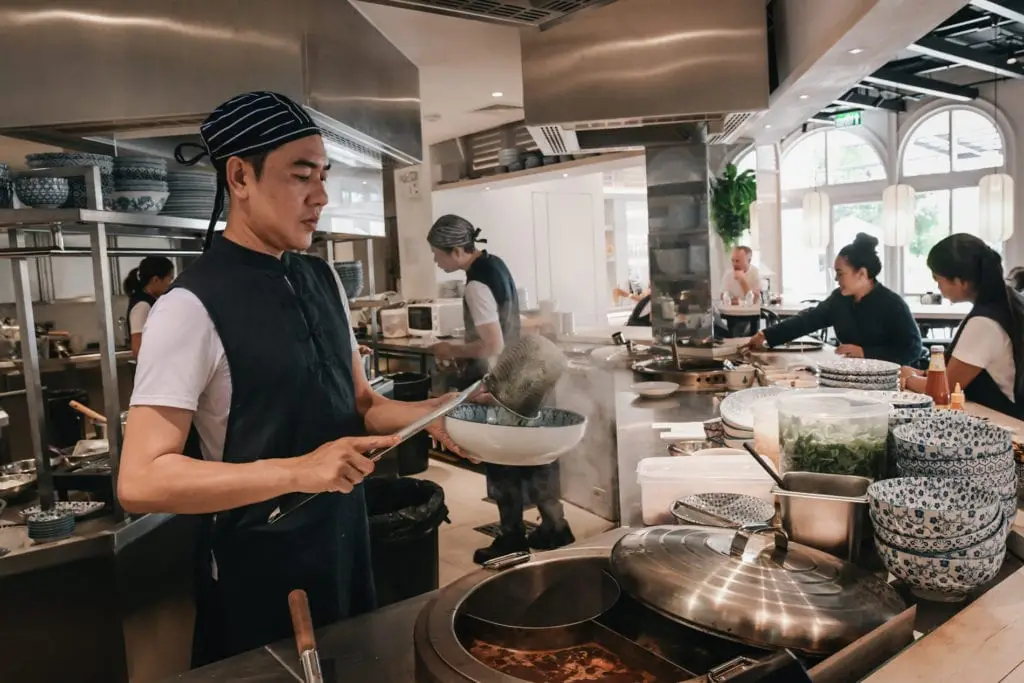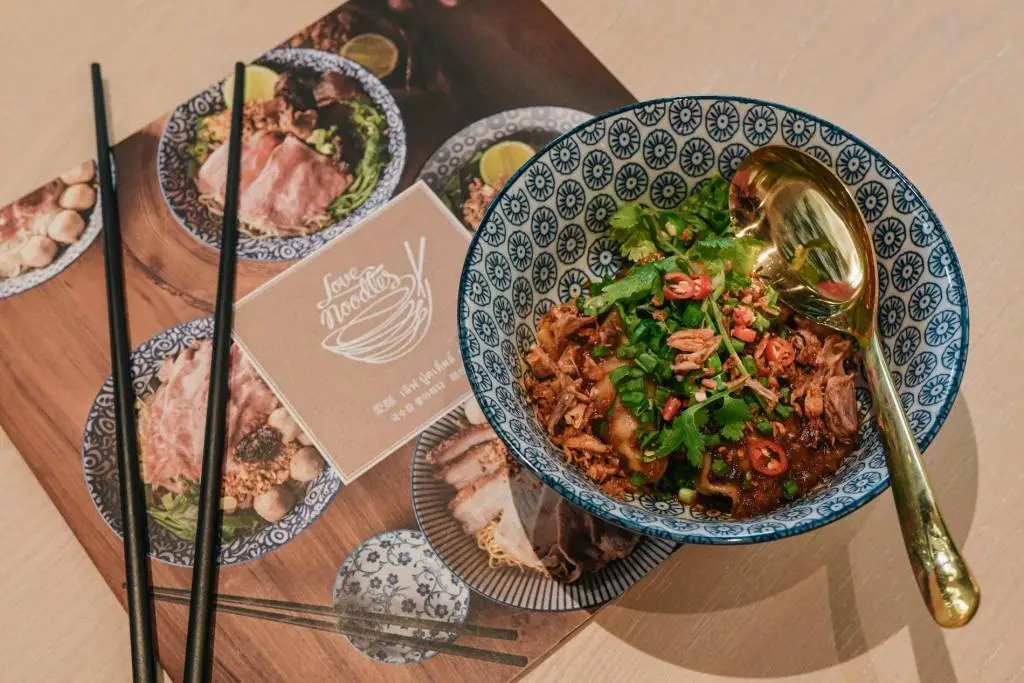
Lucky Noodles in China

Where Did Noodles Come From?
Noodles are enjoyed by people all over the world, pho in Vietnam, ramen in Japan, dan dan mian in China, japchae in South Korea, pad Thai in Thailand, mohinga in Burma, Hokkien mee in Singapore, the list just goes on.
There is a lot of debate over where the noodle originated from, with the Arabs, Italians, and Chinese all clamouring to take the credit. Mostly the evidence seems to point towards the Chinese, given that the earliest documentation of noodles was included in a book that dates back to the Han dynasty (206 BC – 220 AD) in China, whilst the earliest written record of noodles on the western side of the world dates much later, at around 500 and 600 AD.
Preceding that, a 4,000-year-old bowl of noodles was discovered inside an overturned sealed bowl, buried under 10 feet of sediment at the Lajia archaeological site in north-western China. Scientists carried out studies that confirmed the noodles were made from two kinds of millet, a grain native to China and widely cultivated there 7,000 years ago.
We may never truly know where the original noodle was created. Wherever it was, they are just as popular now as they have ever been and this is for several reasons, they are relatively cheap yet nourishing and filling, quick to prepare, can be eaten hot or cold, and are universally loved.
Eating a bowl of noodles isn’t just about nourishment when the noodle is prepared with love, it can help family’s bond, friendships flourish, and communities grow stronger.


You can find the perfect bowl of noodles at ‘Love Noodles’ restaurant in Turtle Village, Mai Khao. The restaurant offers a quintessential noodle house experience with a menu that includes several popular noodle dishes from Japan, Vietnam, Korea and of course, Thailand.


